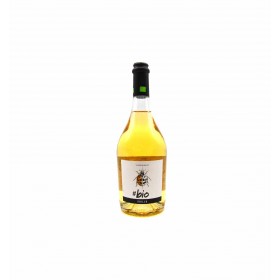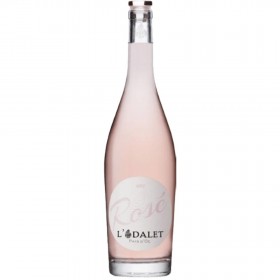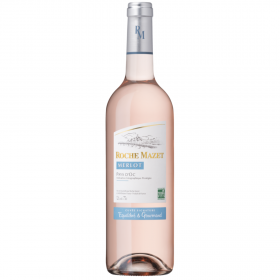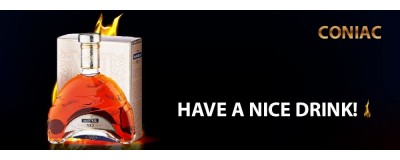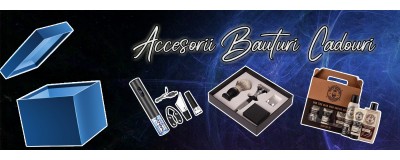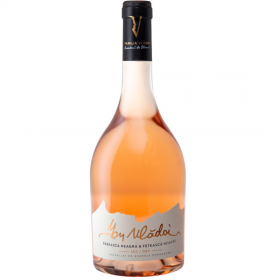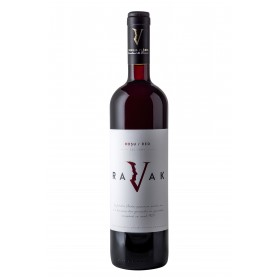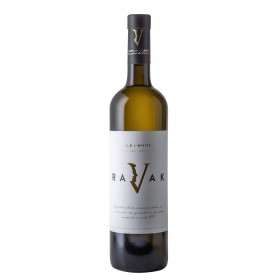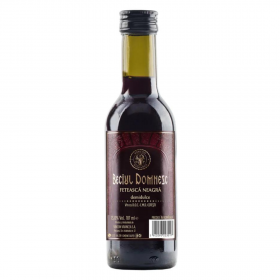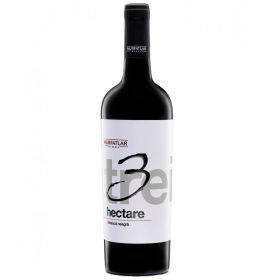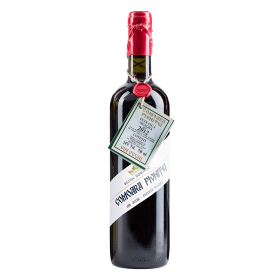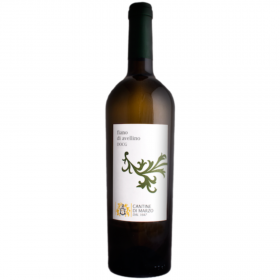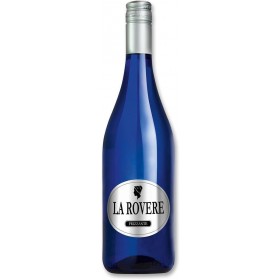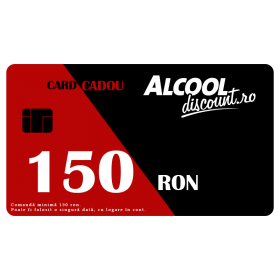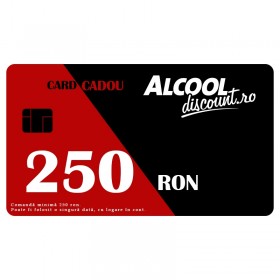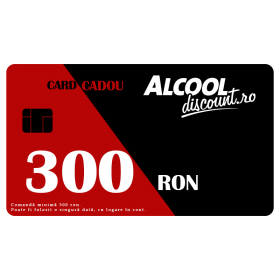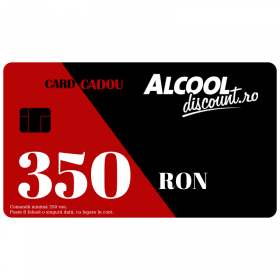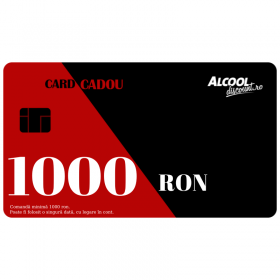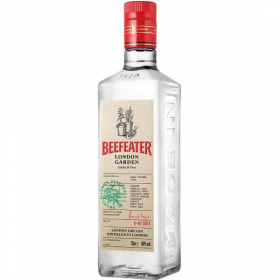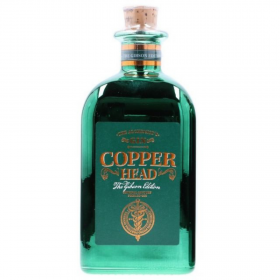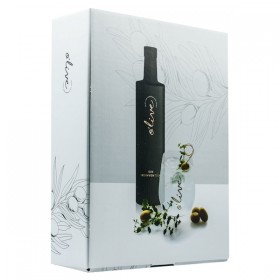Organic white wine, Grillo, Bio Sicilia, 12.5% alc., 0.75L, Italy
Home
Subcategories
Whisky
Whisky, like many other famous beverages, was produced by monks (this time in Ireland) starting with the 6th century. They called it “uisce beatha” (a direct translation into Celtic of the Latin phrase “aqua vitae”, the water of life). When the English troops occupied Ireland in the 12th century, they borrowed its beverage as well, but uisce gradually became whisky (whiskey), which, in turn, ended up being a generic term for several related spirits.
To boil it down to the bare minimum, whiskies are made up of water, cereals, and yeast and are distilled and aged in oak casks. The manner in which the ingredients are selected and handled determines the type and quality of each variety of whisky. This beverage is produced in many countries, yet in Ireland and Scotland it has been distilled ever since 1405 and 1496 respectively. In order to protect its whisky-making tradition, Scotland has patented the term “Scotch” (an English adjective meaning “Scottish”).
However, due to lacking technical know-how and precarious instruments, the results of the distillation process were quite rarely the same. Sometimes the whisky was too weak, other times it was too strong, and at times it even had a harmful effect on the health of consumers, ranging from ordinary headaches to blindness. In the 16th and 17th centuries, the distillation process was perfected, yielding the version still in use today.
Vodka
Vodka is one of the most well-known and consumed beverages on the planet. The history of vodka began in 14th-century Russia, although countries such as China and Italy contest the idea that vodka first appeared on Russian territory. Nevertheless, most people associate vodka with Russia. According to historical sources, vodka was invented by the monk Isidor, a Greek who had settled in Moscow.
As initially it was made only from rye, barley, and wheat, vodka was first (and for several centuries) called “bread wine”, while its alcohol content was no higher than 60%. Vodka production per se did not develop until the 15th century. At the time, Tsar Ivan III gained monopoly over the entire “bread wine” production and started receiving a constant influx of money.
Ever since then, the profitability of this business continued to rise and Russia started exporting vodka to places such as Sweden and the Livonian lands. Once export began, locals were forbidden to acquire vodka and could only obtain it from taverns and inns, where it was sold in 12.3 l barrels.
The idea of a shot of vodka originates in Russia, when Peter the Great forced those who were late for parties to take a “punitive swig”. Unlike today, the “punitive swig” in Peter’s era came in a 1.5 l chalice, which was, of course, to be consumed neat, in one gulp.
Rum
Rum is a gregarious, scented drink, obtained from sugarcane juice or molasses, depending on where it is produced. In principle, it is the Spanish-speaking peoples that manufacture white, smooth, silky rum made from molasses. It is also from molasses that the English-speaking peoples produce a highly aromatic, dark type of rum. In the former French colonies, rum is obtained from fermented sugarcane juice, the result being a special and pleasant liquor.
As far as the consumption of various types of rum is concerned, the rule of thumb is as follows: the darker the rum type, the more recommended it is to serve it straight. In what concerns the whiter, lighter-coloured types of rum, they are less rich in aromas and are the perfect base for cocktails.
Gin
Gin is a beverage with a history and an interesting story, which starts in Holland, contrary to all the information that points to England as the motherland of this spirit. It all started in Dutch pharmacies, at a time when a certain potion made from juniper was sold, one that was subsequently discovered by English soldiers during the Dutch Independence War.
History reveals that, in the beginning, gin was called Der Naturem Bloeme, Dutch courage, as its consumption managed to give courage to soldiers in battle. In the 13th century, the famous Der Naturem Bloeme appeared for the first time and it was consumed as a medicine. It was only in the 18th century that the English began producing gin in Plymouth, England.
The English liked the beverage so much that, shortly after its appearance, still in the 18th century, it started being consumed even more than beer. Today, gin is highly appreciated all over the world, particularly in England, France, and Spain, while hot summer days make it extremely sought after for various delicious cocktails even in Romania.
Liqueur
Liqueur is an extremely appreciated drink worldwide. Whether served dry, or as part of delicious cocktails, mixed with other drinks, liqueurs have been truly valued since they were first sold. Their manufacturing process is quite interesting, given that distillation purifies the liquid and removes any distillation residues, such as water, for the purpose of increasing its alcohol content.
For the very reason that liqueur is a drink full of flavour, it is mostly preferred by women to the detriment of other spirits such as whiskey, vodka, rum, etc. Most frequently having chocolate, coffee, etc. aromas, it is the perfect ingredient in preparing sweet cocktails, and very easy to have as such. Liqueurs were traced back to 13th century Italy, and were used as sweet medicine. This explains why the first-time manufacturer of liqueur was a doctor, i.e. Arnoldus Villanovanus.
Over the years, many types of liqueur emerged all over the world: cream liqueurs, which are extremely well appreciated, liqueurs based on mixtures of juices, essential oils, flavouring agents and liqueur obtained from the maceration of fruit to obtain ethyl alcohol. There are also floral liqueurs, such as anise liqueur, cocoa liqueur, coffee, cumin, and vanilla-flavoured liqueur.
Tequila
Tequila is an alcoholic drink originating from Mexico, made from the blue agave fruit (Agave tequilana var. azul). Also called the “gift of gods”, tequila was the gift of Aztec natives to the Spanish settlers, looked up to as gods, which is an indication of the birth of this drink (before the 16th century). The current name of the drink was inspired by the Mexican town of Tequila.
It is made from blue agave fruit carefully harvested manually, ripening under the torrid Mexican sun, where they accumulate the required concentration of sugar; they are then crushed and left to ferment. The resulting product is distilled and left to mature, and then turned into tequila, which may be the base of many famous cocktails or served straight, with twist of lime and salt.
There are 2521 products.









